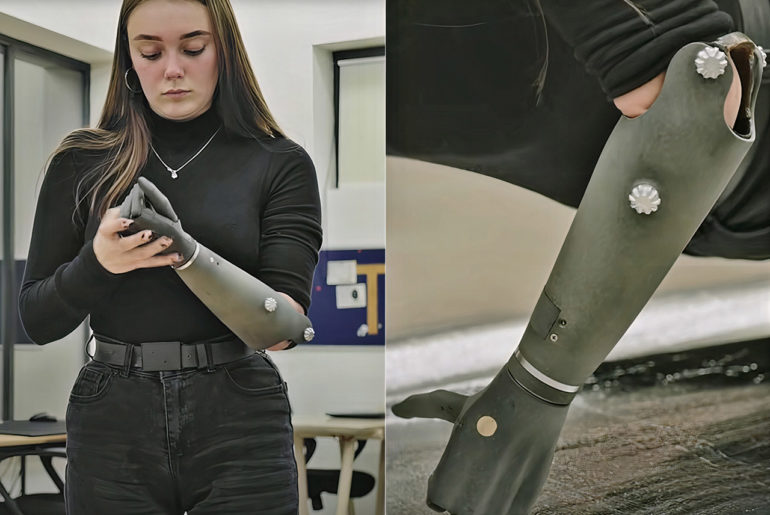
Unlike other hand prosthesis, Esper Bionic’s uses myoelectric technology, which means that it consists of two man sections: the hand (made by the startup) and a socket (manufactured by the clinic). Once fully assembled, the patient’s brain sends signals to the body’s muscles, thus initiating the prosthesis to move accordingly. Muscle sensors installed in arm area transmits this information to the prosthesis.
The prosthesis can be used with up to six standard grips, but users can customize them and increase the number by saving it in a free smartphone application. Once 10 prostheses are installed, the company will then connect them all to a cloud platform, thus constantly updating the algorithms for the prosthesis to work better.
- With LEGO MINDSTORMS Robot Inventor (51515), kids gain essential STEM skills as they build, code and play with remote-control model robots and...
- With almost 1,000 pieces, including an intelligent Hub, 4 Medium Motors, Color Sensor and Distance Sensor with break-out interface, youngsters can...
- An easy-to-install rechargeable battery is included, so no need to go hunting for spare batteries when the fun’s about to start
Now we have two sensors, but later there will be more of them, and we will determine which muscles in the forearm have contracted. Each muscle contraction will be a separate call to action. For example, the user constantly takes a cup from one angle with the same acceleration, and when this action is constantly repeated, the system assumes that he takes the cup and helps him choose a grip,” said Dmytro Gazda, CEO and co-founder of Esper Bionics.


